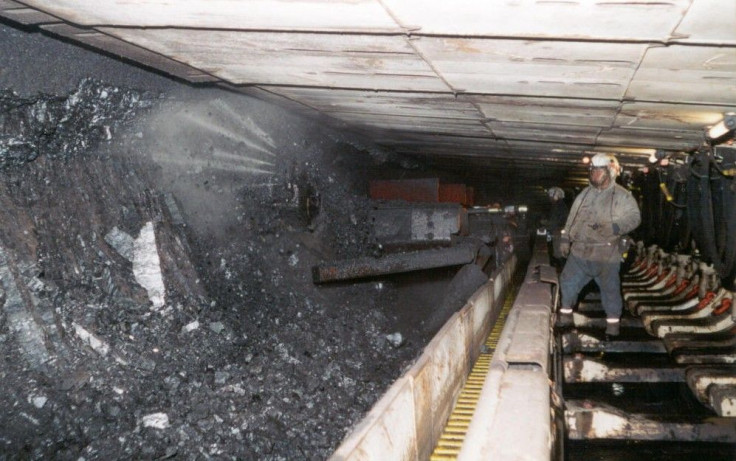Black Lung Disease Rates Rise Among Appalachian Miners

Black lung disease and dust-induced lung diseases, such as emphysema and lung cancer, are on the rise among Appalachian miners.
Leading experts on black lung, led by Dr. Edward Lee Petsong of West Virginia University, found that black lung disease is on the rise because of miners' increased exposure to dust. Dust exposure is also increasing rates of lung cancer and emphysema for miners, the study finds.
The paper, published last month in the American Journal of Respiratory and Critical Care Medicine, reviewed evidence from several studies that dust-induced lung disease develops and progresses more quickly in coal miners than previously thought, especially among workers in southern West Virginia and other parts of Appalachia.
"The sum of the evidence really shows this is a worsening problem, instead of a problem that's getting better," said co-author Dr. Robert Cohen, medical professor at John Stroger Jr. Hospital of Cook County, Chicago. "When you put it all together, it underscores the need to do something — better regulations, more stringent regulations, and better enforcement."
Black lung, or coal workers' pneumoconiosis, is irreversible and potentially deadly.
"Coal miners' lung diseases are not only of historic interest," says the report. "They are a concern in the 21st century."
The study says the cause behind the increase is the adoption of modern mining techniques, including advanced longwall machines and practices targeting ever-thinner seams of coal. The new approaches can generate huge amounts of dust that, when not properly contained, can damage miners' respiratory systems.
"The cause of the recent resurgence and severe forms of coal mine dust lung disease is likely multi-factorial," the study authors wrote. "Flaws have been recognized in existing regulations, dust-control practices, and enforcement."
Nearly 10,000 American coal miners died of black lung disease between 1996 and 2005, according to the National Institute for Occupational Safety and Health.
"In recent years, the country has been riveted by stories of tragic disasters in our nation's coal mines, including the explosions and fires at the Sago and Upper Big Branch mines in West Virginia," the report says. "Less attention has been paid to the increase in prevalence and severity of the chronic lung disease which results from coal mine dust exposure."
Two and a half years ago, the Obama administration proposed a rule to reduce exposure to dust, which has yet to be finalized.
Amy Louviere, spokeswoman for the Mine Safety and Health Administration, told the Charleston Gazette that the coal dust rule is on the agency's regulatory agenda for this year.
Petsonk EL, Rose C, Cohen R. Coal Mine Dust Lung Diseases: New Lessons from an Old Exposure. Am J Respir Crit Care Med. 2013 Apr 5. [Epub ahead of print]



























